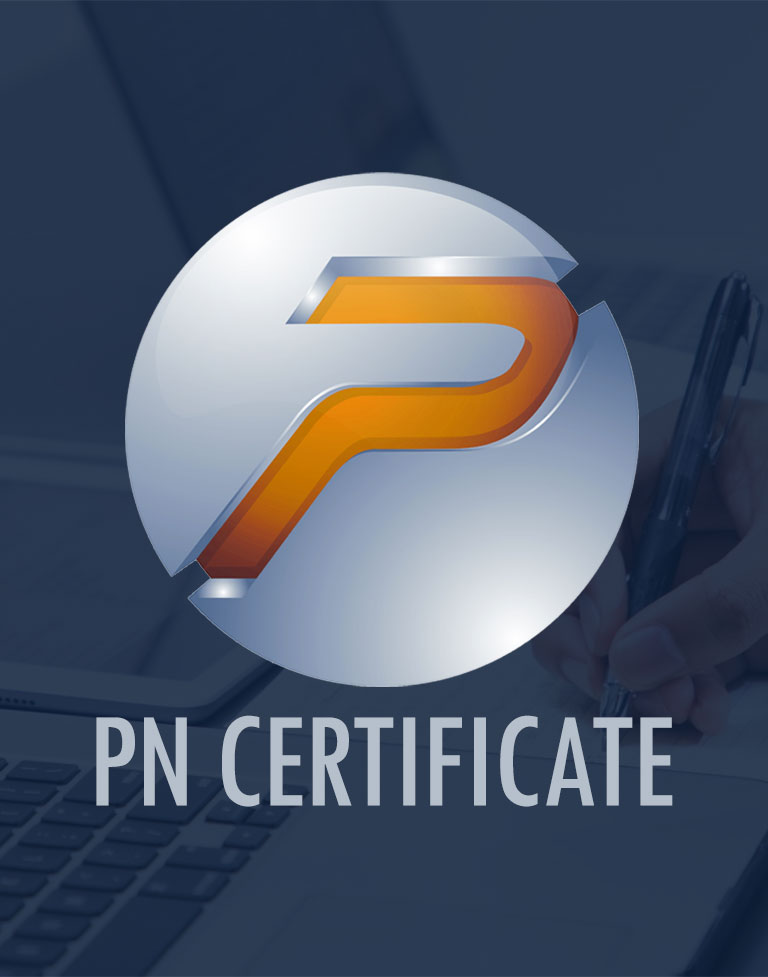Imagine you have just managed a training session. But unfortunately it did not go as you wanted. First of all, you forgot to mention some important points in your presentation. You also have less time to answer the audience's questions, as you have to change your claim's to make up for lost time. In general, you are not sure that people have learned what you intended, and you wish you had a clearer plan for the meeting. In this article, we take a look at how to design a comprehensive and effective training session.
A lesson plan, also called a learning plan, is an organized description of the activities and resources you will use to guide the group toward learning specific issues. A training session plan covers issues such as the subject matter, the time required, the teaching methods, and finally the criteria for measuring each individual's learning needs. This design can be as simple as a blueprint or complex; And include a general manuscript, timeline, and list of questions to ask.
Why should we use a training session plan
It is true that designing a good training session is time consuming. But in the end, you and those you are going to train will benefit from preparing this plan. As you prepare the plan, you need to visualize each step of the training session. This will make sure that you think about the topic beforehand. You can also present the information in a logical order. Eventually you will be able to prepare the points that are more difficult for people to understand in the best possible way. At the end of the session, you can also use this plan to check the quality of the session and use its experiences for future sessions. Of course, it is necessary to mention that if you are not present at the meeting, the training plan for the substitute teacher is of no value.
How to prepare a meeting plan
Using a standard training plan is very useful for creating a session plan. This will help you to organize the content continuously during the sessions and avoid repeating the topics.
Step 1: Define learning goals
The first step is to determine what you want your students to know and how to evaluate them. To do this, think about these questions:
- What are the most important concepts and skills that students need to understand by the end of the class?
- Why are these concepts and skills important?
- How do you know they have learned these concepts and skills correctly?
You can use the ABCD Learning Objectives model to determine learning objectives that comprehensively address the learner's needs. This will help you understand your audience, define the behavior you are expecting at the end of the session, determine the conditions under which this knowledge is used, and the degree of knowledge Determine the requirements.
Step 2: Clarify key issues and related concepts
Your class will focus on a few key ideas and skills, but you will also need to explain the relevant concepts in order to achieve your learning goals. Make a list of key topics and related concepts, and then categorize how they relate to each other.
Step 3: Organize the content
As soon as you have a general idea of what to cover, draft the lesson plan. List all the tips that need to be listed in the order you want. Use Learning Cycle Five E to connect information to the learner's current skills and knowledge. This helps them to incorporate new information into their personal context that affects their learning. Now enter the information from your outline plan into the training plan format. Then review it again with your prototype to make sure you cover everything you need to say. Also compare your template with the goals of the session to make sure you achieve them.
Step 4: Design presentation techniques
Now think about how to teach these things to students. It is best to use several different approaches to presentation to engage students and engage them with different learning styles. (This is very important because learning styles are so different.)



